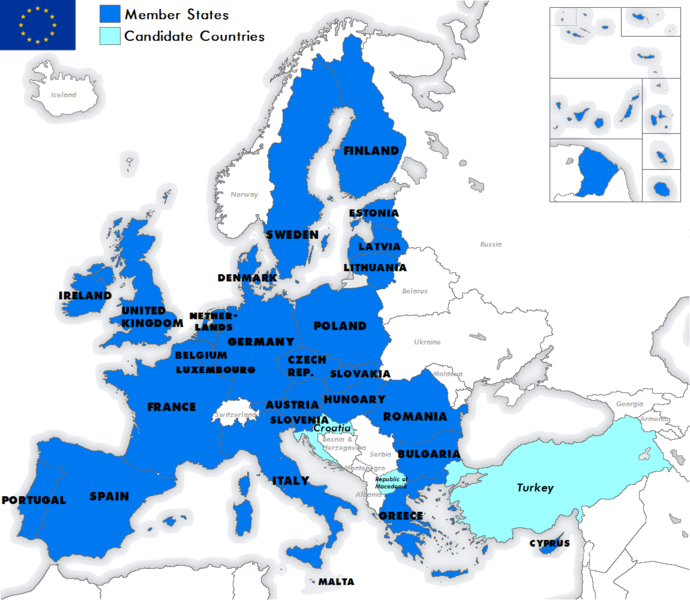 He was born on 30th June in Las Palmas of Gran Canaria. He studied at Pérez Galdós Secondary Institute School, where he was a pupil of one vanguards writer named Agustín Espinosa.
He was born on 30th June in Las Palmas of Gran Canaria. He studied at Pérez Galdós Secondary Institute School, where he was a pupil of one vanguards writer named Agustín Espinosa.When he finished his studies, he travelled to Madrid to study Philosophy and letters but he couldn’t it because the Civil Spanish War started.
In 1929 he published his first poem “El barco muerto” in a newspaper named “La voz obrera” and in 1932, he came in Communist group. Later, he participated in the War and finally, he stayed in Lanzarote.
Millares became a very important social lyric poet. His poetry against the politic system and the oppression was a constant shout to freedom.
In 1958, he carried the bibliography section of the Canary museum magazine. In 1982, he published “Andén Verde”, “Tierra Verde” y “Tierra batida” (1986), “Más lejos que yo amargo” (1987) and his last work “Metamorfosis de la estrella” (1988).
In 1985, the Canary Government gives him the prize of Canary literature.
Agustín Millares died in Las Palmas on March 6th of 1089.


No comments:
Post a Comment